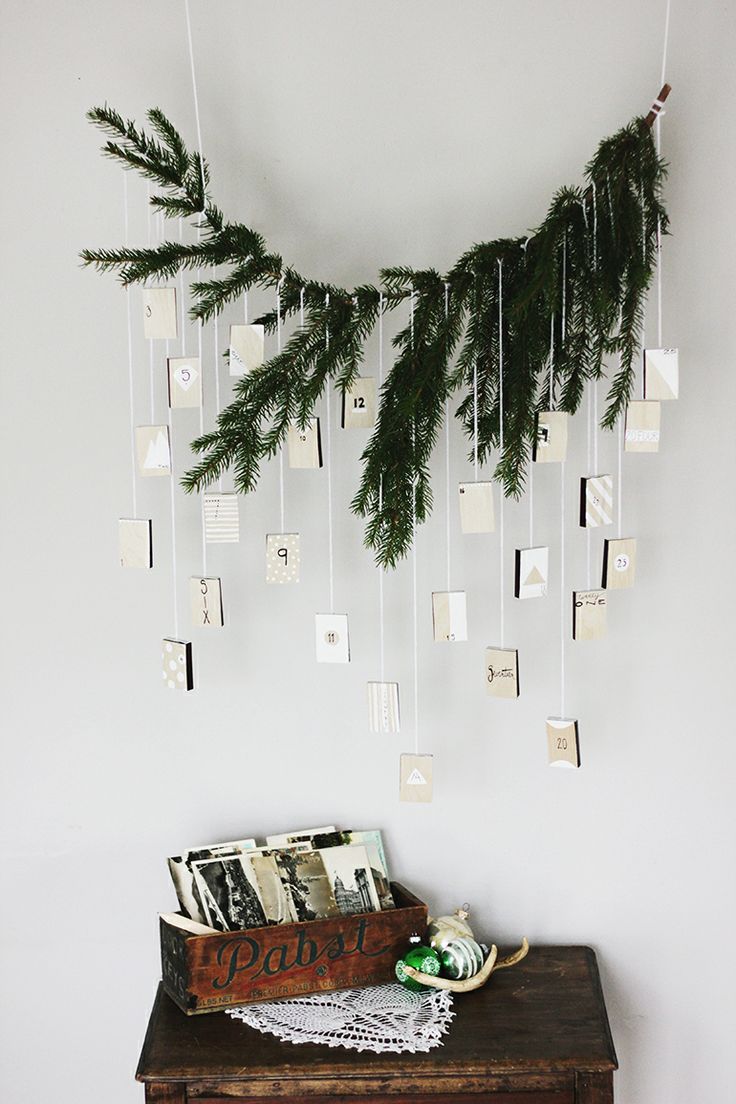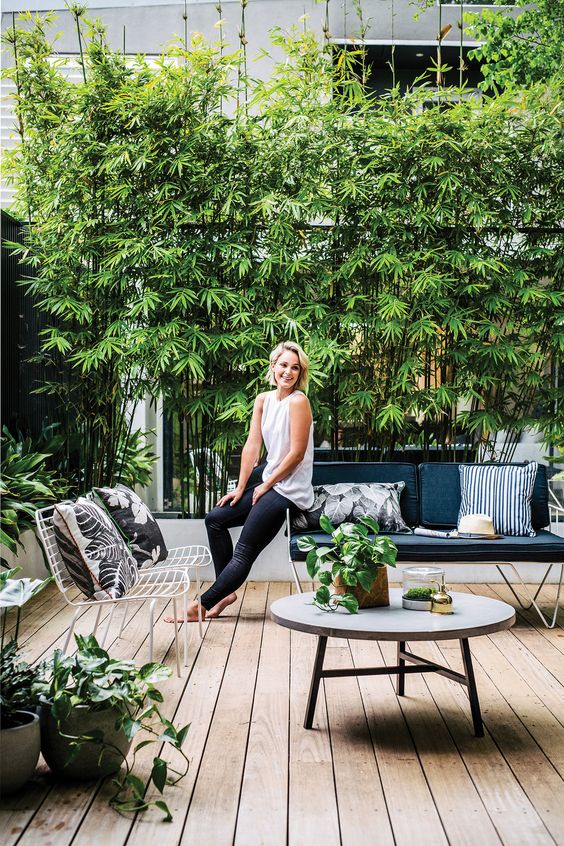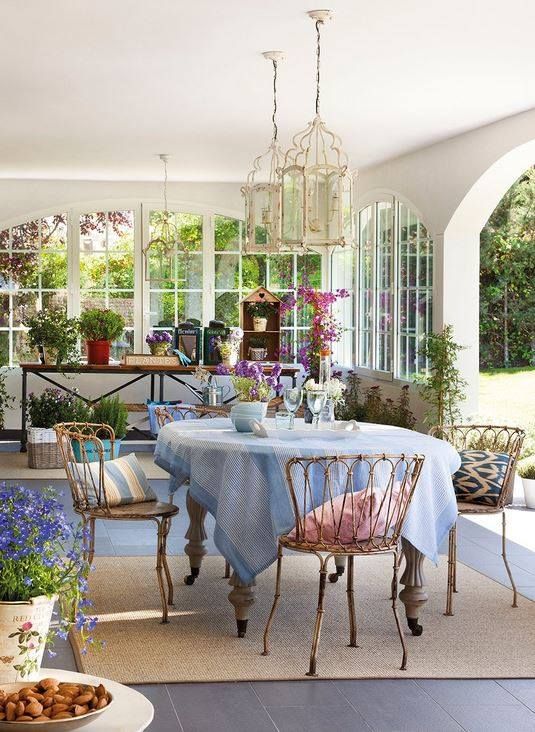Furniture Flipping as a Profitable Hobby
Furniture flipping became a trendy hobby, especially with social media showcasing its potential. Although many believe there are easy bucks to make with it, nothing comes without a certain effort. That’s why we’ve prepared a guide to answer all your burning questions and uncover whether flipping furniture is worth your while.
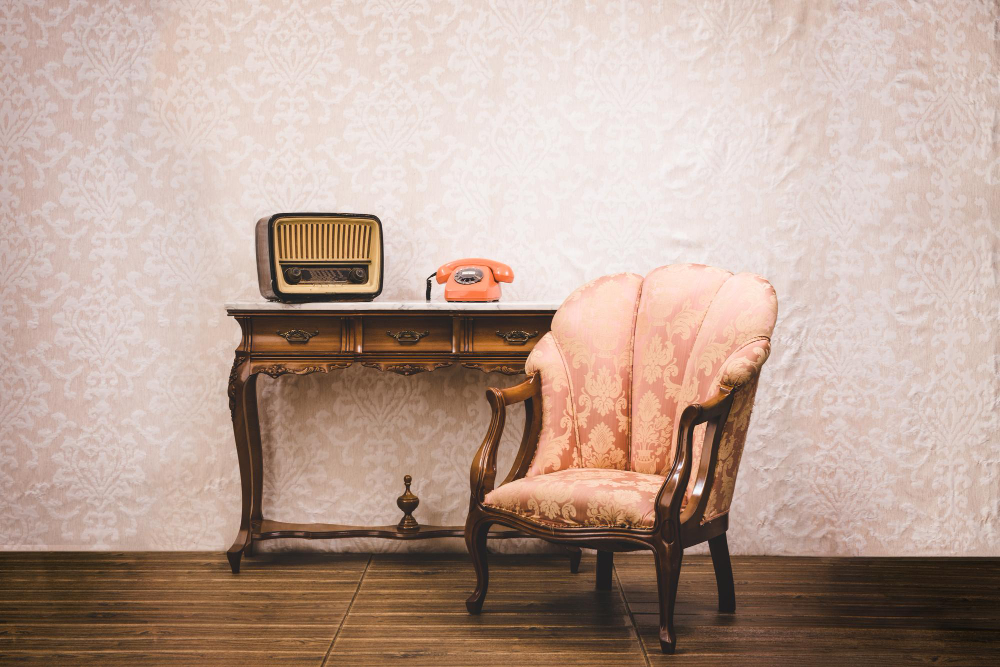
Can You Make Money Flipping Furniture?
Absolutely, furniture flipping can be a very profitable business. With a broad market, the demand for unique, refurbished pieces is high. However, you need to have a keen eye to spot the creative designs the customers will be interested in. You can turn this hobby into a very profitable business when combined with strategic marketing.
Although furniture flipping has massive potential profit-wise, it’s important to point out that there are certain skills you need to possess to make it a solid-income side hustle.
Firstly, you must develop restoration and design skills for the older furniture pieces. These skills distinguish between mediocre and eye-catching furniture pieces transformed into attractive items.
The second stage is researching the market to flip furniture for profit. You must understand the market demand for specific styles and furniture types. Certain eras (like Art Nouveau or Art Deco) might be the most popular choices in your area. Hence, understanding the market will make it much easier to target your audience.
A skillful furniture flipper will always manage its budget efficiently. Antique furniture pieces can get costly. And when combined with tools and materials for refurbishing, the expenses can easily stack up. Of course, these will influence your profit margins, making budgeting management a crucial step of the process.
How Much Can You Make Flipping Furniture?
A successful furniture flipper can make from a few hundred to several thousand dollars per piece. However, the actual profits can vary drastically due to factors like the quality of the restoration, market demands, and the furniture type.
Different types of furniture will come with different price ranges. You’ll undoubtedly get higher profits if you score and refurbish antique or vintage prices than contemporary items.
Market demand is another crucial factor determining how lucrative your furniture-flipping business will get. Thorough market research is necessary to decide which styles go for the higher prices in your area. However, don’t focus solely on the price – the quantity can also be an excellent indicator since selling more items at lower prices can yield greater profits in the long run.
Regarding restoration, an important question is whether you will do it by yourself or hire someone to do it for you. Meticulous restoration work can add significant value to the piece. You’ll undoubtedly make higher amounts if you possess the skills to do it yourself. However, experts in the field can potentially make the item much more valuable, making the restoration part an aspect you should carefully consider.
Finally, your ability to spot creative designs will determine your profit potential. Furniture flipping has a strong sense of aesthetics as the more appealing products sell much quicker. Hence, if you can spot items that stand out, you can command premium prices.
Flipping Furniture for Beginners – How to Start?
Finding your starting point might be challenging when you want to start the intricate hobby (or business) of furniture flipping. But fret not, as we’ve prepared a step-by-step guide for beginners on how to start flipping furniture.
Tools and materials
Before diving into your first furniture flipping project, you should stock up on the necessary tools and materials. If you plan to outsource the restoration part, feel free to skip this step. However, if you plan to do the restoration by yourself, here’s what you’ll need:
Basic Tools:
- screwdrivers, hammers, pliers, and other hand tools for disassembly and basic repairs;
- power tools such as a drill and sander for efficient restoration work.
Safety Gear:
- gloves, safety glasses, and a mask to protect yourself during the restoration process.
Materials:
- sandpaper, wood glue, paint, varnish, and other materials suitable for the type of furniture you plan to flip.
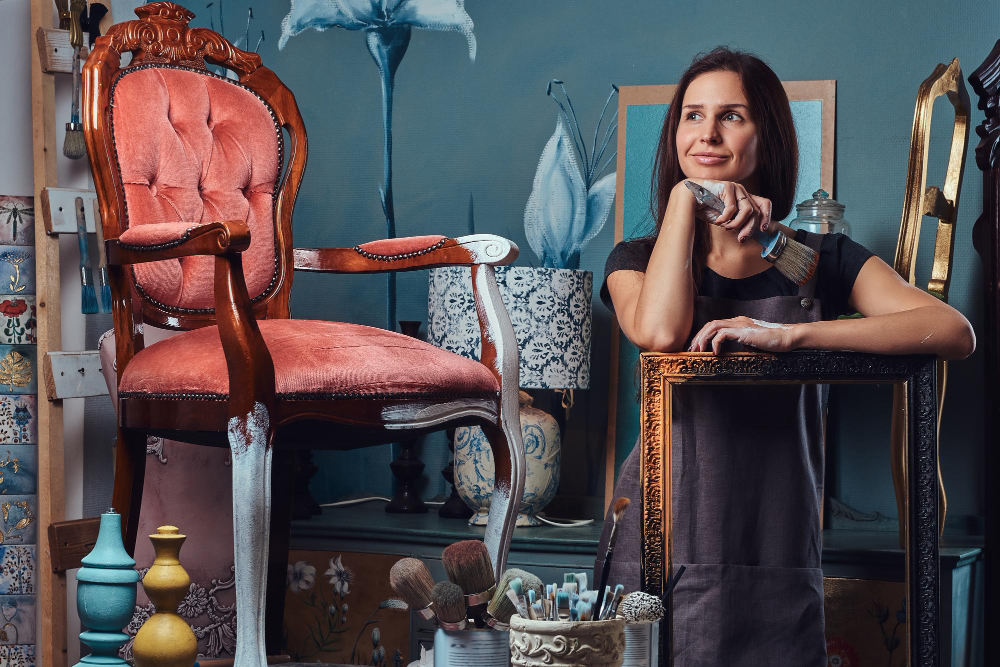
Sourcing Furniture for Profitable Flips
Local thrift stores and garage sales:
Thrift stores and garage sales are fantastic starting points for finding affordable furniture with flipping potential.
Online Platforms:
Scan online platforms like Craigslist and Facebook Marketplace for potential finds. You can even utilize specialized furniture resale websites like furniture-flippers for a broad range of options.
Build relationships with suppliers:
Connecting with suppliers is a fantastic strategy for a consistent furniture supply you can flip. Furniture suppliers or local craftsmen can offer better prices, especially on bulk purchases.
Step-by-Step Guide to Flipping Furniture
Once you have all the necessary tools and your piece ready for furniture flipping, here are all the steps toward making the sale.
- Assessment and planning
Start by evaluating the condition of the furniture and make a restoration plan. You should determine which design changes you want to make at this stage, with the necessary repairs.
- Cleaning and repairs
Thoroughly clean the piece and address any structural or cosmetic issues. Repairing joints, fixing hardware, and replacing damaged components are essential steps.
- Sanding and preparing surfaces
Use appropriate grit sandpaper to smooth surfaces and prepare them for painting or refinishing.
- Painting or refinishing
Apply a fresh coat of paint or choose a refinishing method that enhances the aesthetics of the furniture. Align them with the current design trends and market demand.
- Final touches
Add decorative elements (like new hardware or embellishments) to make the piece more visually appealing.
Marketing to Flip Furniture for Profit
Marketing is an invaluable strategy that ensures your services are heard. Here are a few simple ways to step your marketing game up and stand out from your competitors.
- High-quality photography:
Take clear and visually appealing photos of your flipped furniture. Try highlighting its unique features to attract customers.
- Engage on social media:
Stay present on social media platforms to reach customers and grow your brand. You can join online buying and selling groups and communities to connect with potential buyers.
- Create a brand
Branding your product is one of the most successful ways of getting market recognition. A recognizable brand enhances the perceived value of your flips.
- Effective pricing
Overvaluing or undervaluing your products is a common mistake when flipping furniture. Hence, you should research the market thoroughly to find the sweet spot in your pricing. Some of the things you should consider are the cost of materials, the invested labor, and the uniqueness of your designs.
Final thoughts
Furniture flipping is not just a hobby—it’s a business opportunity that allows you to show your creativity and make a profit. Anyone can turn discarded pieces into refurbished treasures when armed with the right tools and strategies. Whether you’re driven by passion or profit, this artistic side hustle can become a business that turns ordinary into extraordinary.


